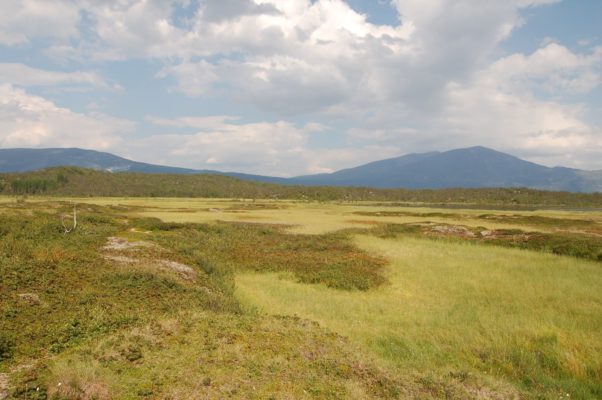In July 2017, the world’s largest iceberg known as A68 calved from the Larsen C Ice Shelf, located in the western Weddell Sea, Antarctica. Since then, A68 has lost two chunks of ice, A68-B and A68-C, but still remains a giant after more than 3 years. How did it feel to be the greatest, A68? Being the greatest With a length of 175 km and being about 50 km wide, this giant iceberg also appropriately ...[Read More]
Image of the Week – What darkens snow and ice?
“Be thou as chaste as ice, as pure as snow”. Hamlet, Act 3 Scene 1 (W. Shakespeare) Snow and ice are not always as pristine as one may think. If you have ever walked on a glacier or on a snowfield during summer, you might have already noticed that. In fact, both snow and ice are often darkened by impurities. In this blog post, you will learn about the main processes leading to ice and snow darkeni ...[Read More]
Climatic drivers of permafrost mounds in North American peatlands

Permafrost, or perennially frozen, peatlands are among the world’s largest terrestrial carbon stores and are particularly threatened by warming climates. Understanding how modern climate controls the distribution of permafrost peatlands is crucial for making confident predictions of their past and future extents. What are permafrost peatlands? Peatlands are wetlands that develop where cold, wet co ...[Read More]
Climate Change & Cryosphere – How the Chalaati Glacier (Georgian Caucasus) changed since the Little Ice Age
Chalaati Glacier is one of the largest glaciers in the Greater Caucasus and has undergone expansive mass loss. In this week’s blog post, Levan Tielidze tells us about Chalaati Glacier variations in the past centuries. His recent study was conducted based on surface exposure dating technique, dendrochronology (tree ring analysis), lichenometry, and satellite imagery. They found out that the Chalaat ...[Read More]
